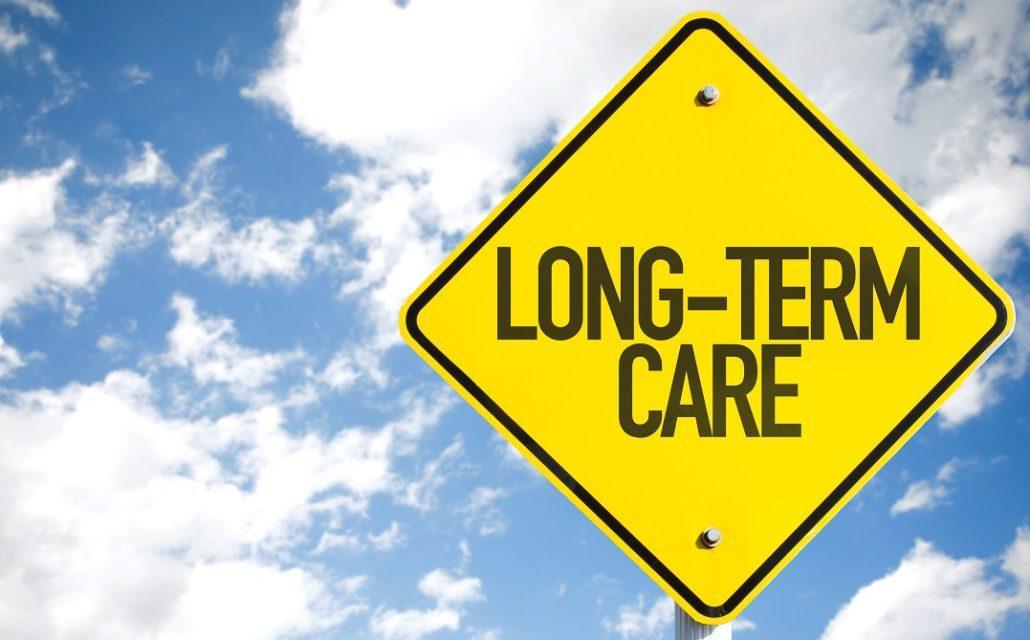Lawmakers in Washington state are considering establishing a Child Care Workforce Standards Board that has little to do with quality and nothing to do with increasing access or affordability for working families, which is said to be a state priority. By adding more unnecessary regulation, the proposed board will further restrict entry into the market by child care providers and workers, while costing taxpayers and families. It could create more union workers, which seems to be the end-game.
Senate Bill 5062 and House Bill 1128 are moving along in the legislative process with support from their committees of origin in both chambers of the Legislature. Proponents — including labor unions and state labor councils — testified before them that an unaccountable and unelected board should be setting uniform standards of compensation and working conditions for those providing child care, including family caregivers as defined by state law.
David Madland, a senior fellow at the D.C.-based Center for American Progress in D.C., testified that boards similar to this one are up and running in six other states and three cities. He says they have raised wages and improved worker access to overtime. (He did not comment on their impact on child care access or affordability or work availability. I looked for that, but these boards are relatively new, making comprehensive data limited.) Madland then made one of the most compelling points to be against such legislation, even though he was speaking in favor of House Bill 1128. He quoted a fast-food CEO telling him, “Workers and employers can come up with better answers than politicians.”
I agree. And this state-staffed board of governor appointees will not only get in the way of the flexibility many caregivers, families and child care providers need, it will cost state taxpayers money — even if it doesn’t increase child care costs and decrease accessibility, which is unlikely.
Cost to taxpayers, families
Between state employee hours, travel costs, legal fees, administrative hearings and so on, a fiscal note for the legislation shows state costs in the millions. The Association of Washington Business’ Lindsey Hueer testified that a similar but more narrow bill in California brought a $10 million cost to the state just to get a program up and running. History and experience in our state also have shown work mandates often come with significant administrative burdens.
Increased compliance costs and the need for additional training or certifications may burden workers and force providers to pass on higher costs to families. This intervention raises serious concerns about government overreach that goes in the wrong direction for a state that needs to increase access to child care, not reduce care by limiting agreements between workers and families and child care providers.
Flexibility, quality
People, including many who have been caregiving for years, don’t need to take state-mandated training to care for children — if that becomes a focus of the board. They need skills that gain them the approval of families, children and employers.
For many caregivers, including independent, contract-based, part-time and family caregivers, the flexibility to set their own schedules and tailor their services is as key as pay. Rigid government standards will undermine worker choices and freedom, while doing nothing by way of quality.
The U.S. Bureau of Labor Statistics shows Washington state is already the top-paying state for child care workers, which I am sure is partly because of our state’s high minimum wage. It did not surprise me that the state also has the lowest employment of child care workers per thousand jobs.
Conclusion
Instead of a one-size-fits-all regulatory board, policymakers should consider more market-driven approaches and fewer barriers to encourage competition, where quality of workers — and higher and better pay for workers — is best ensured.
One thing state government can do right now is eliminate child care licensing fees. That is proposed in Senate Bill 5130. I wrote about the bill here in, “Less red tape, more child care.” Voluntary certification and training could also be incentivized by the state and highlighted by providers.
Rigid standards and mandates increase operational expenses — and state budgets. They also could force providers to exit the market entirely, leaving people with fewer options or relying on less safe ones. Too many unintended consequences could result from the creation of this board, hurting workers and providers — and the families who rely on them.






